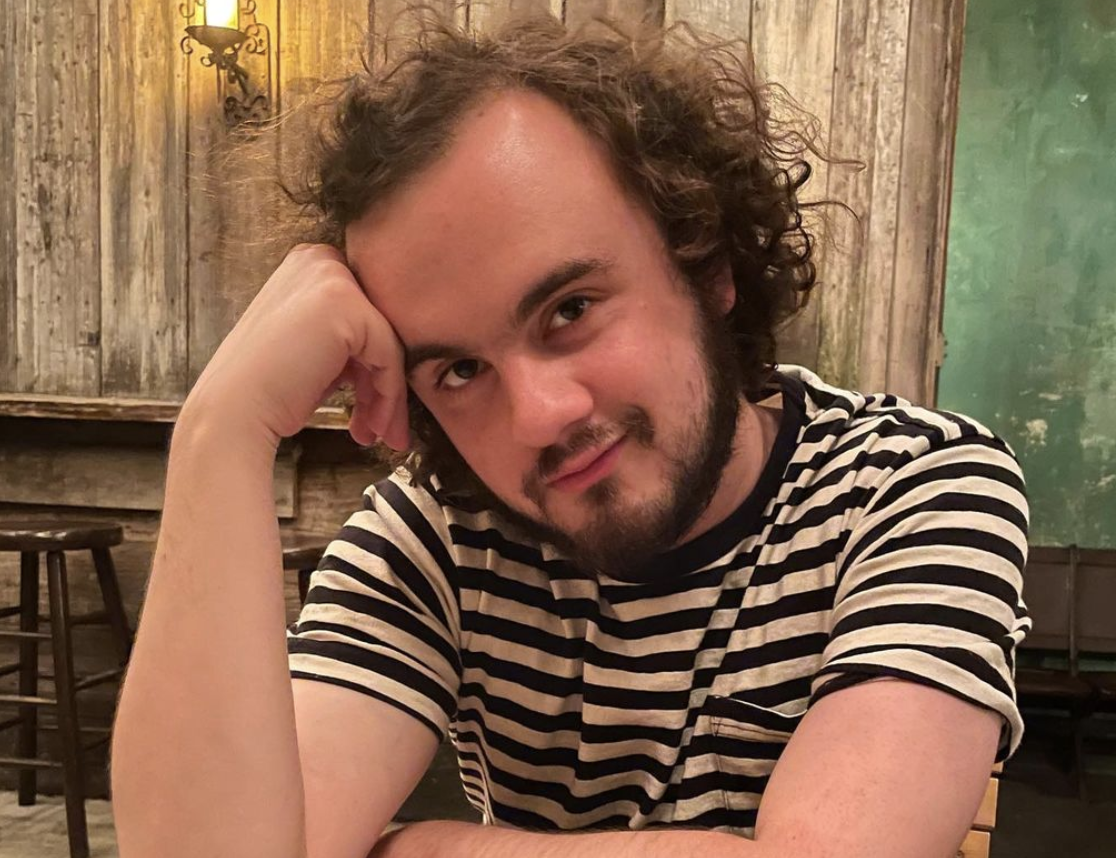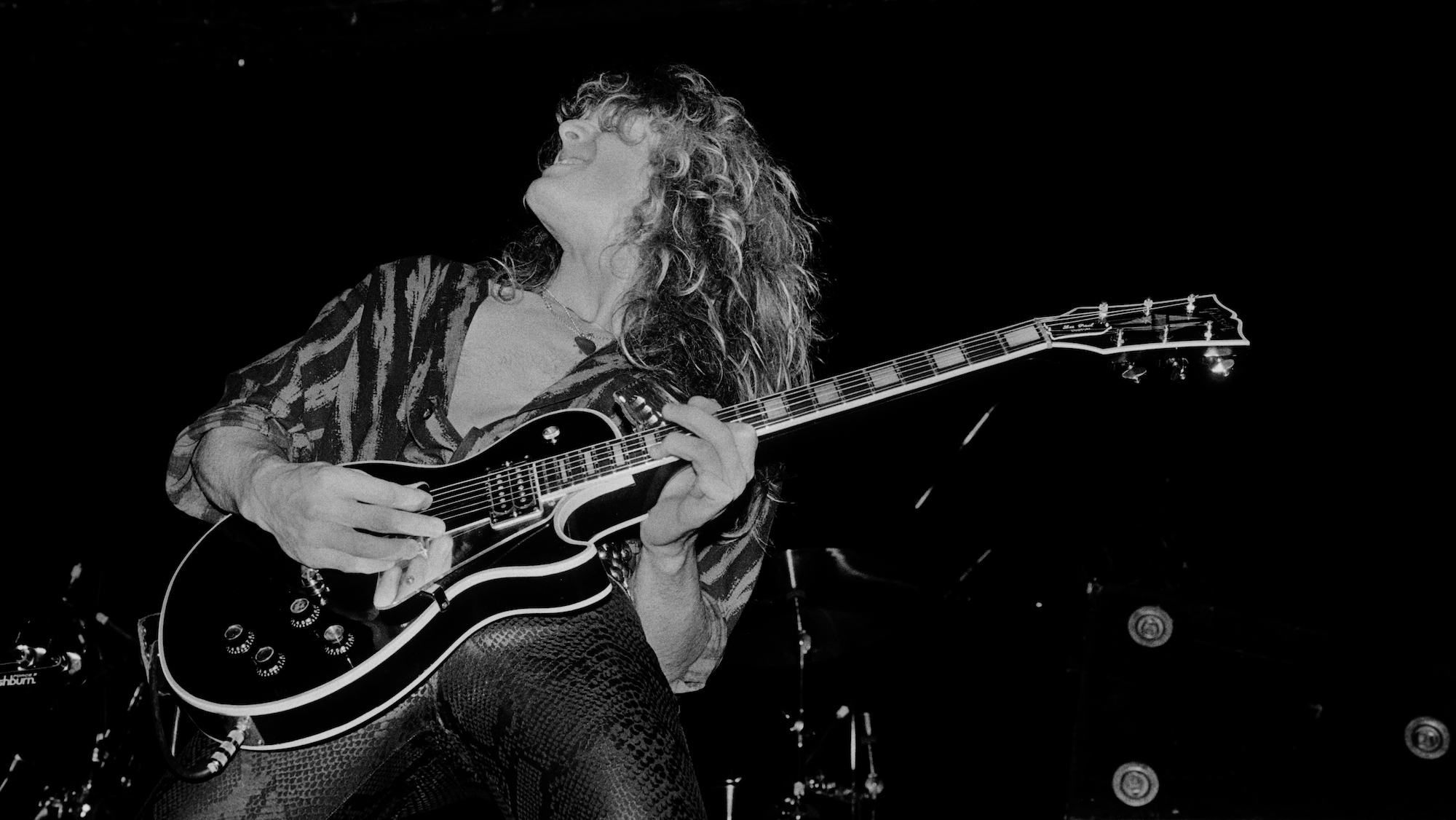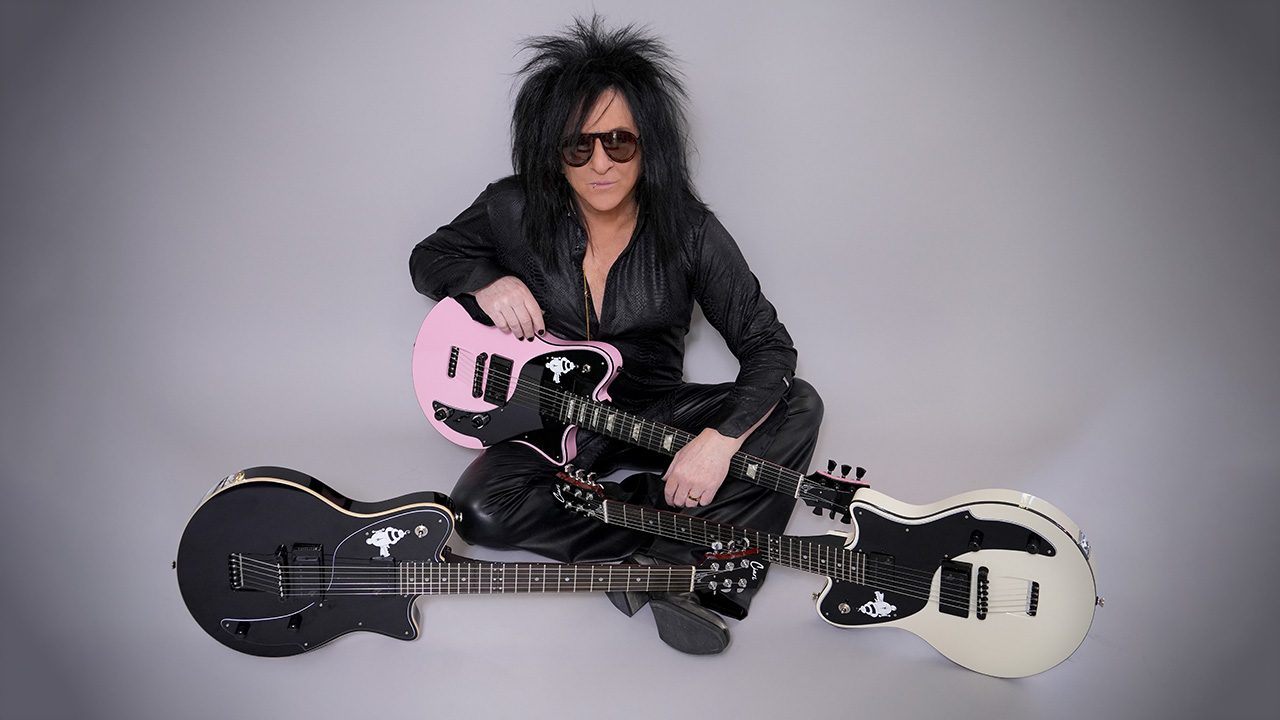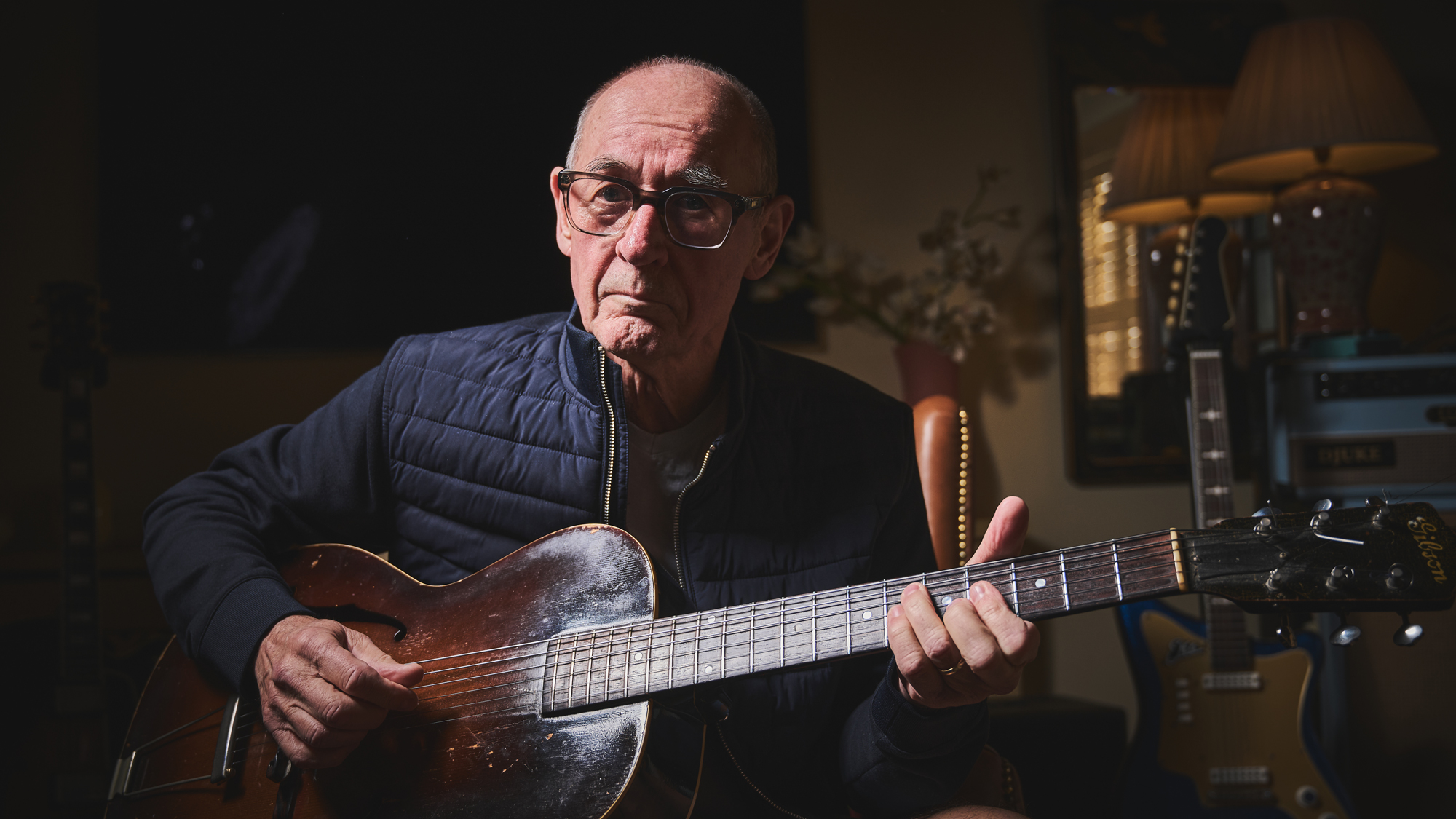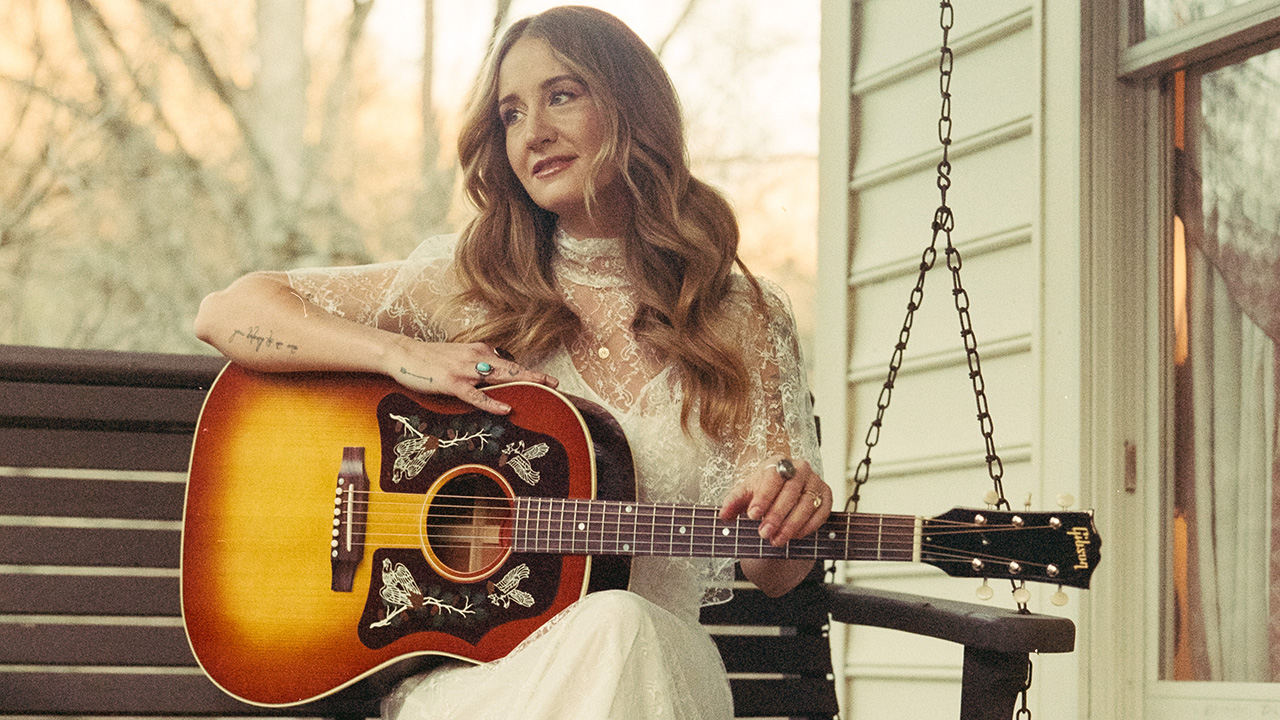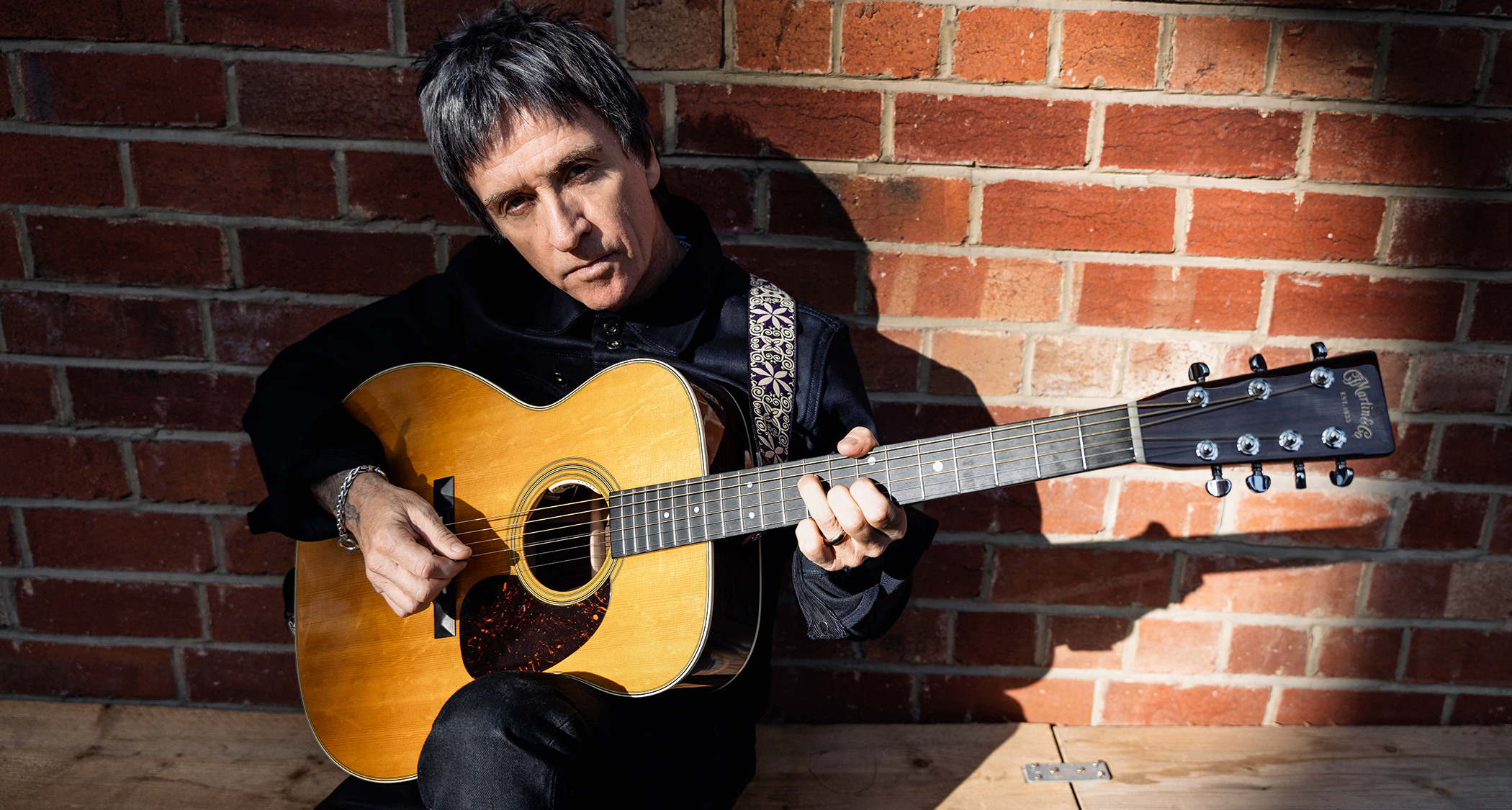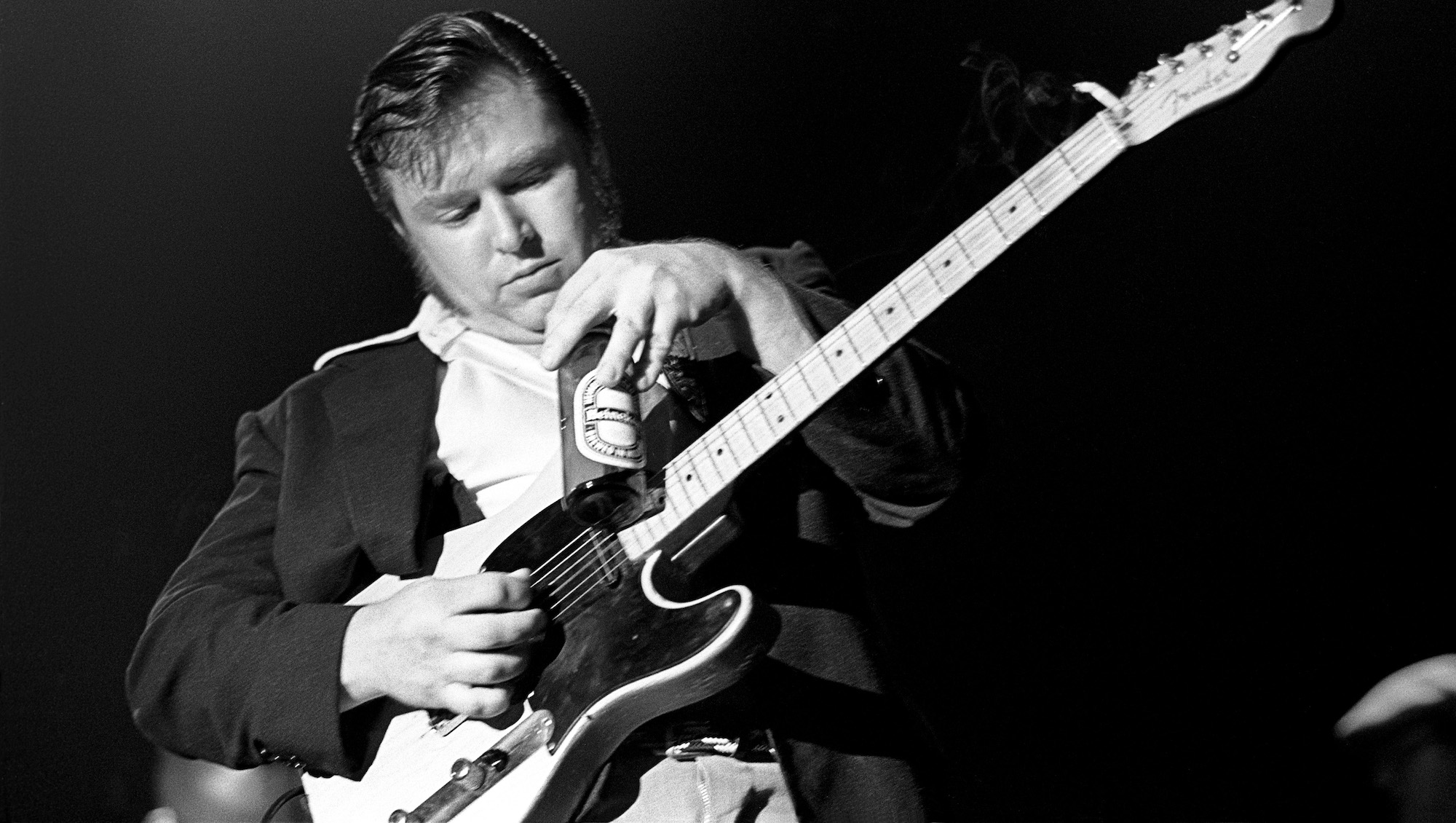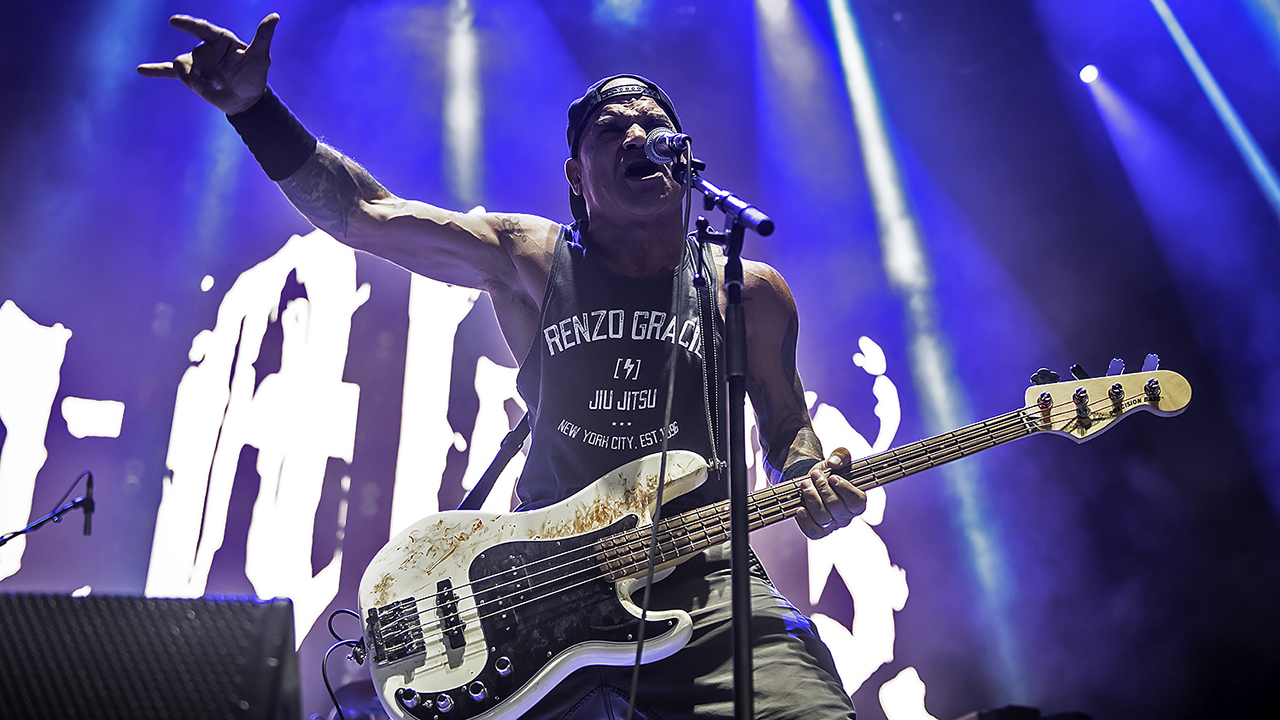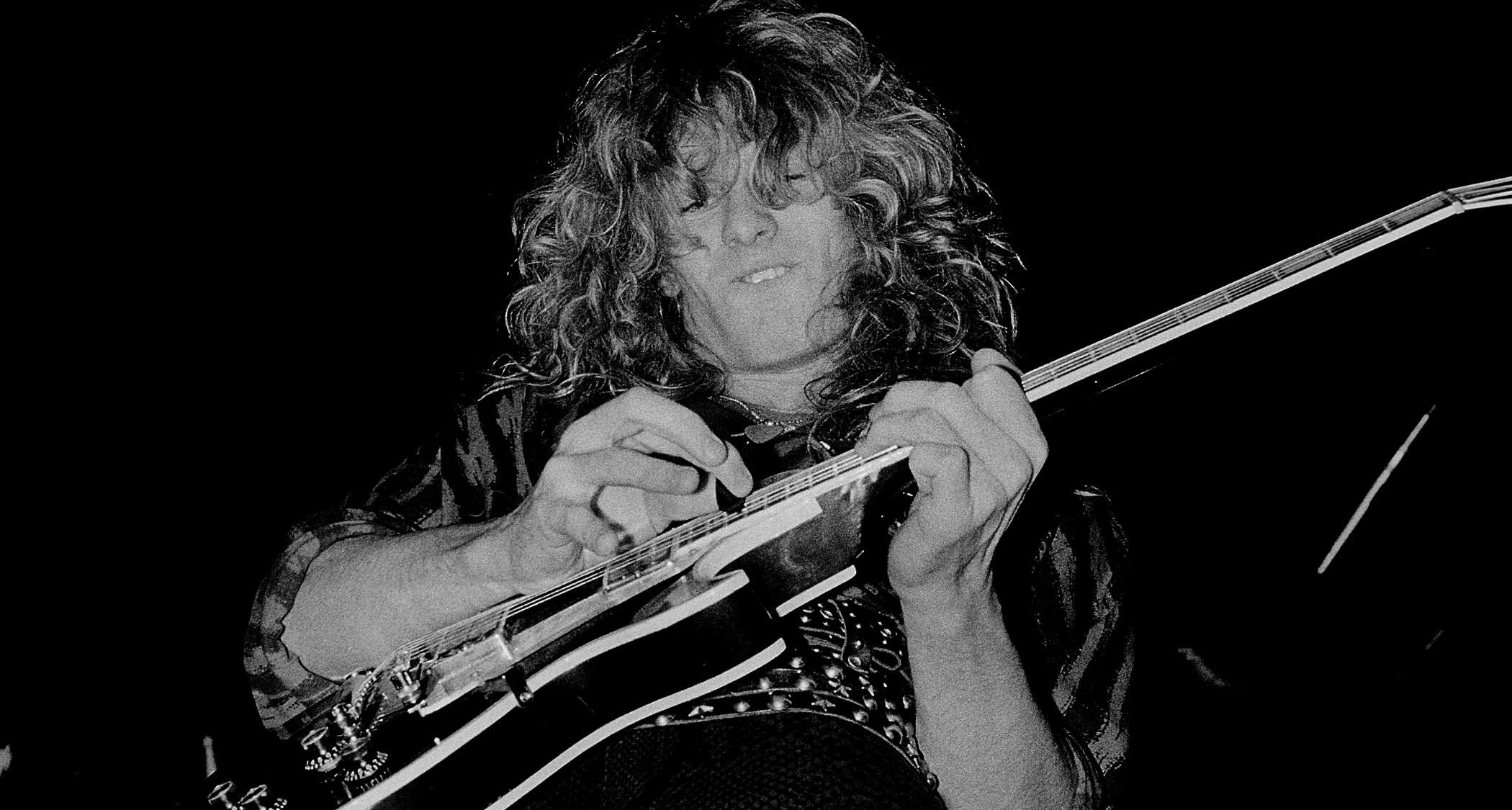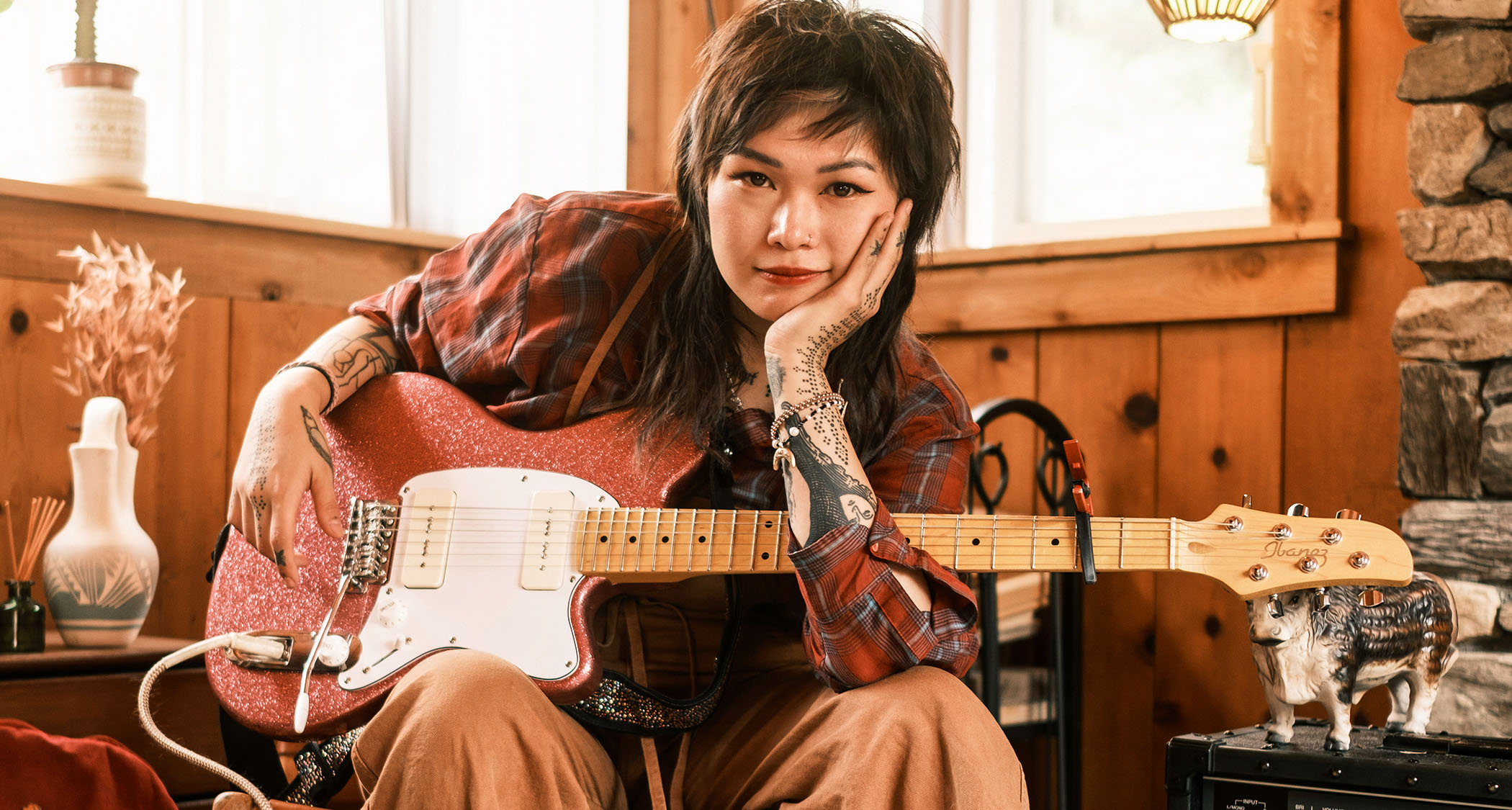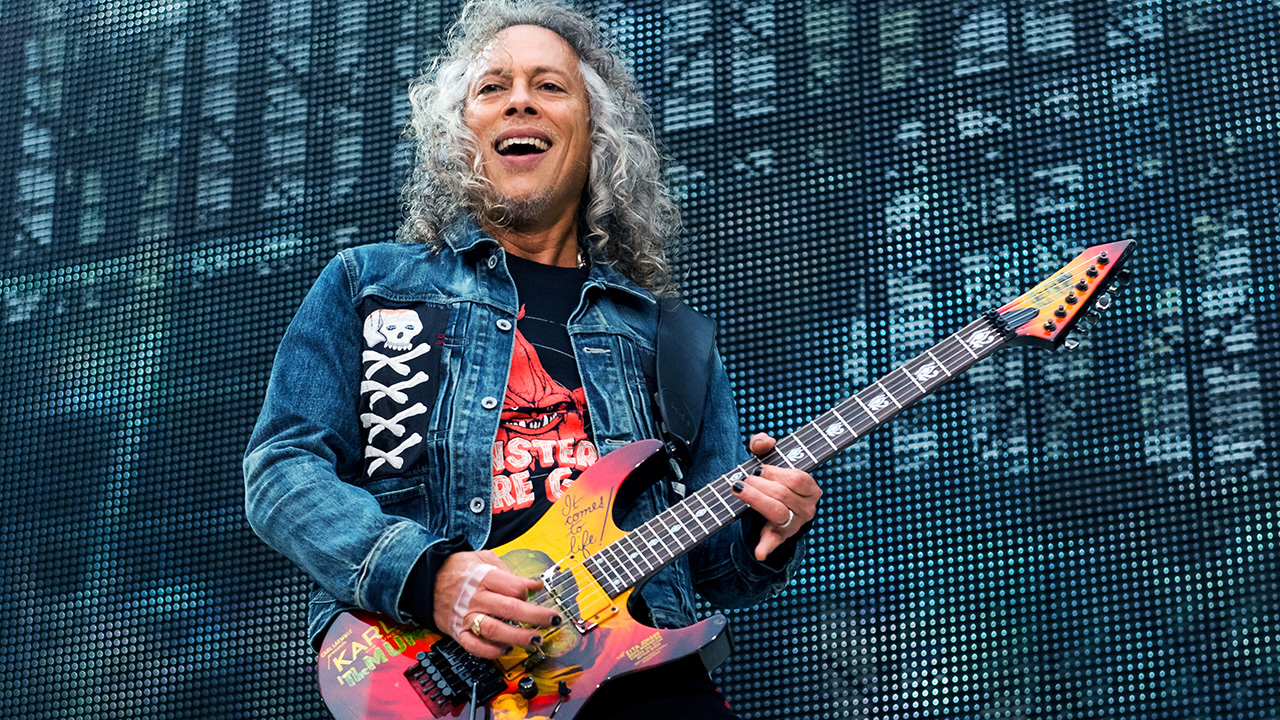“What’s going through our mind is ‘What the…?’ And if you see Bob’s face, you could see he’s thinking the same thing”: When Bob Dylan played with an LA punk band to promote the album he made with Mark Knopfler
1983's Infidels, Dylan's first secular album in half a decade, was graced with a bounty of sweetly tasteful leads from the Dire Straits man. To recreate two of its songs on Late Night with David Letterman, Dylan hired LA punks the Plugz
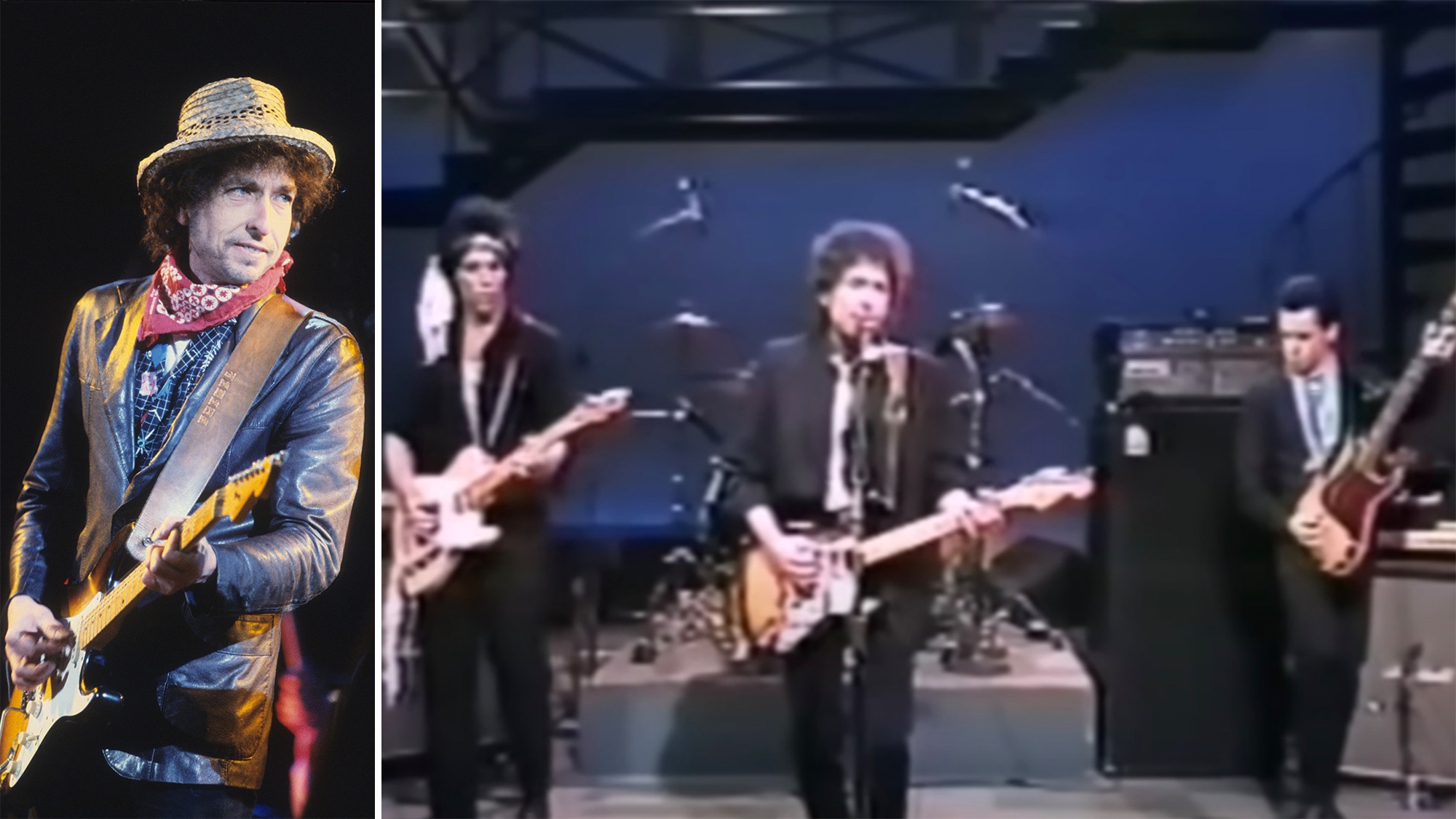
In the mid-1980s, Bob Dylan found himself at a crossroads.
Famous as he was for wild creative left turns, he truly outdid himself with the trio of deeply religious albums that followed his conversion to Christianity.
Though still rooted in rock – each of three LPs, 1979's Slow Train Coming, 1980's Saved, and 1981's Shot of Love, featured crack studio musicians, with the first also featuring Mark Knopfler – the albums came as a shock to his fans, alienating many of them in the process.
For 1983's Infidels, his full return to secular music, Dylan sought the services of Knopfler again, with the Dire Straits man taking a much bigger, co-production role.
With reggae aces Sly and Robbie (drummer Sly Dunbar and bassist Robbie Shakespeare) handling the rhythms, Infidels couched some of Dylan's strongest songs in years in easygoing, unhurried shuffles, with Knopfler lending his signature tasteful and limber guitar leads throughout.
When invited onto David Letterman's then-new late-night show for a performance in support of the album, using the same trio onstage was always going to be difficult – Knopfler in particular was obviously busy with Dire Straits at the time – but the logical move was to hire a band that could replicate, to a somewhat faithful degree at least, the sound of the record.
But this is Bob Dylan we're talking about.
Get The Pick Newsletter
All the latest guitar news, interviews, lessons, reviews, deals and more, direct to your inbox!
We never knew until the minute we walked out on stage which songs we were gonna play
Plugz bassist Tony Marsico
The iconic singer/songwriter had been, for a number of months, jamming on and off with the rhythm section of LA punk group the Plugz, bassist Tony Marsico and drummer Charlie Quintana, and their friend, guitarist JJ Holiday.
When the time came to head to New York for the late-night performance, it was, improbably, that trio that Dylan chose to bring along.
What unfolded was a three-song set that was equally baffling, shambolic, and transcendent (those some may disagree with this writer on that last point).
Once the band – sans Dylan – arrived on the East Coast, they prepped themselves with some jamming and rehearsal. Only problem was, they hadn't the slightest idea of what they were going to play.
“We got together for a couple hours in New York the day before the show, just to jam a little,” Tony Marsico told writer Ray Padgett in his Flagging Down the Double E's newsletter. “Bob stopped in a little bit, but we pretty much went cold to Letterman.
“We never knew until the minute we walked out on stage which songs we were gonna play.”
When we were walking out on stage, he just said, ‘Sonny Boy in E.’ It was like, ‘Oh, shit, here we go’
Tony Marsico
With Holiday wielding a blonde Tele, and Dylan a Strat not dissimilar to the one he played at his notorious set at the 1965 Newport Folk Festival, Dylan – there to promote Infidels, as Letterman pointed out in his introduction – decided to lead the band into a ramshackle version of Sonny Boy Williamson's Don't Start Me Talkin'.
“We didn't know what we were going to play,” Marsico reiterated to Padgett. “If it sounds raw, that's why it's raw. I figured we'd play at least one from Infidels, but when we were walking out on stage, he just said, ‘Sonny Boy in E.’ It was like, ‘Oh, shit, here we go.’”
Speaking about Dylan's guitar style in an interview with Gibson, Nick Baxter, the Executive Music Producer of the recent Dylan biopic A Complete Unknown, said, “I think you realize pretty quickly that he never plays the song the same way twice and we wanted to draw from it. The iconic version that everyone is used to hearing on those records was really just one moment in time for him.”
“They pushed record one day, he stepped in front of the mic and played it that way,” he continued, “but there’s no way he’s ever going to play it that way again.”
One looking for an example of this need only listen to the smooth, Knopfler-laden studio version of Infidels opener Jokerman, then watch the second performance of the evening – a revved-up take on that song featuring Dylan's fingerpicking (ish) and (very) loose strums.
In the context of the studio version of Jokerman, the Letterman version has a charming, Stones-y quality, with Dylan's Strat stabs and Holiday's Tele work developing some genuine rapport – a bit of what Keef would call “weaving.”
Unfortunately, though, the Jokerman performance is best known for a painfully awkward snafu involving Dylan ditching his Strat for one of his trademark wailing harmonica solos, only to find that he's been given the wrong harmonica for the song.
Dylan leaves the stage entirely for a moment, re-emerges, seemingly tells the band to hit the chorus again, and is finally given the correct vessel through which to work his magic.
“What's going through our mind is ‘What the fuck?’” Marsico said of the mishap. “And if you see Bob's face, you could read his mind, and he's thinking the same thing.
“So we just looked at each other and kind of laughed. Like, here we go, now you're really flying by the seat of our pants. Hold on. If things were raw and bad before, we don't know where this is going. But it's live, so just go with it, and that's what we did.”
Less eventful, but still character-building, was the motley crew's final tune, an initially stumbling, but ultimately soaring take on Infidels highlight License to Kill.
Why stumbling? Well, that might have had something to do with Dylan not counting the song off – launching into it at his own leisure.
“It's very hard to come into a song without a count,” Marsico said, following with a word of advice for any musician – even one backing a far less spontaneous singer than Dylan.
“Watch the singer at all times. Don't take your eye off him. Especially if you're playing in front of millions of people on TV.”
Jackson is an Associate Editor at GuitarWorld.com. He’s been writing and editing stories about new gear, technique and guitar-driven music both old and new since 2014, and has also written extensively on the same topics for Guitar Player. Elsewhere, his album reviews and essays have appeared in Louder and Unrecorded. Though open to music of all kinds, his greatest love has always been indie, and everything that falls under its massive umbrella. To that end, you can find him on Twitter crowing about whatever great new guitar band you need to drop everything to hear right now.
You must confirm your public display name before commenting
Please logout and then login again, you will then be prompted to enter your display name.
“His songs are timeless, you can’t tell if they were written in the 1400s or now”: Michael Hurley, guitarist and singer/songwriter known as the ‘Godfather of freak folk,’ dies at 83
“The future is pretty bright”: Norman's Rare Guitars has unearthed another future blues great – and the 15-year-old guitar star has already jammed with Michael Lemmo


